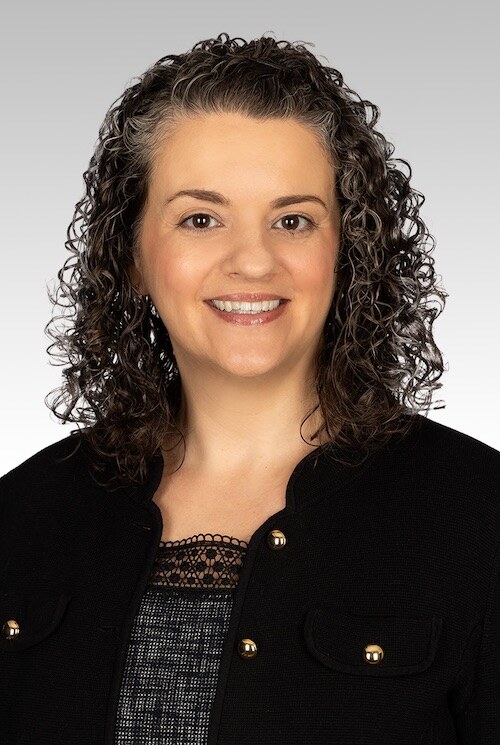“Legacy assets” are those assets in retirees’ portfolios that do not support their lifestyle but are available in case of some serious emergency (rainy day money). Hopefully, if they are never needed for a rainy day, these assets will pass to the client’s children, church, or charity after they die. The most significant risk to those assets is the need to pay for long-term care.
Many people with “legacy assets” resist the idea of conventional long-term care insurance, not wanting to admit that they might need long-term care and taking the position that they can pay for any care out of pocket. They are choosing to “self-insure.” For these individuals, the ideal planning approach may be to invest some of their legacy assets in such a way that the assets can be worth as much as possible if they are needed to pay for care either in the home, assisted living facility, or nursing home. If not needed, the money would pass to the intended heirs, with no “use it or lose it” issues as there are with conventional long-term care insurance.
To employ this strategy, money is transferred from its current location (bank account, investment account, etc.) into a life insurance policy with a long-term care rider. Depending on age, gender, and health status, the money paid into one of these policies may be worth a death benefit of twice as much if the insured dies without ever using it for long-term care (i.e., the death benefit may be twice the original investment). Also, if the policy is needed for long-term care, the insured can receive up to five times the amount of money deposited into the contract. Any money not used for that purpose would then pass to the heirs at death.
While invested in the insurance policy, the client’s money is safe and available for any other reason at any time. There is usually a money-back guarantee that assures that the policyholder will always have access to the funds. Rather than a typical “purchase” of insurance, the transaction is more like “moving money from one account to another”— a cash value account that provides the same “savings” features as the bank, bond, or CD from which it came. Because the actual cost of long-term care is so great and the average care need exceeds 2 years (and 20% of those needing care are expected to need it for 5 years or longer), these policies are usually purchased with a rider that extends the long-term care benefits after the death benefit has been exhausted. These riders effectively double or triple the benefit so that, for example, a $75,000 premium deposit can provide as much as $375,000 in total long-term care benefits, providing nearly 3 years’ worth of long-term protection.
This approach may be ideal for individuals who reject the idea of purchasing traditional long-term care insurance policies and assume that if they ever need long-term care, they will pay for it using their own assets.
Case Study: Mary, Age 60
Let’s take a look at an example. Mary is 60 years old. She has $370,000 in the bank in a combination of checking and Certificates of Deposit. $300,000 in stocks and bonds and $250,000 in her IRA. While in good health, Mary has a family history of Alzheimer’s disease, and she’s concerned that she could be afflicted by the disease in the future. 
A potential solution for Mary would be to reposition a portion of her bank savings into a life insurance policy with long-term care rider. It’s likely that those funds were earning low interest rates. The new life insurance policy may offer comparable or higher interest rates.
Based on Mary’s age and health, a $250,000 single premium investment in a life insurance policy with long-term care rider would create a death benefit of $507,000. The long-term care rider on the policy provides that Mary can draw up to $10,147 per month from the policy to pay for long-term care in her own home, in an assisted living community, or in a nursing home. For each dollar that Mary uses in long-term care benefits, her death benefit will be reduced accordingly.
The policy also has a guaranteed full return of premium. If Mary changes her mind, she is guaranteed to get her $250,000 investment back.

We Can Help You Develop a Long-Term Care Plan
Having assisted many Wake County clients with long-term care planning, our team at Carolina Family Estate Planning understands that developing a long-term care plan is about protecting not just your own independence and dignity but also those you love from the physical, emotional, and financial toll that caring for a loved one can take.
Disclaimer: This website and the information provided on this website is for general information purposes and should not be construed as specific legal, tax, accounting, or financial advice. Although efforts are made to keep information accurate and up to date, occasionally unintended errors and misprints may occur. We assume no responsibility or liability for any errors or omissions of the content of this site. It is important to do your own analysis before making any legal or investment decisions about your own personal circumstances. The ideas and strategies discussed herein should never be used without first assessing your own personal and financial situation and consulting with a legal or financial professional.


